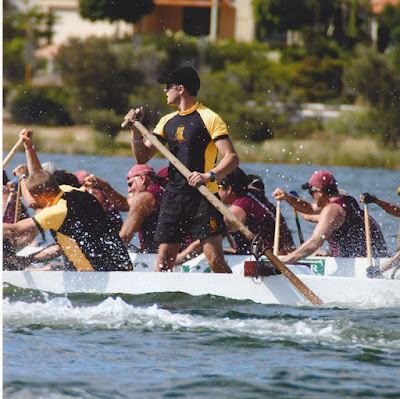Regular visitors to my blog will know that spring is my favourite time of year. I feel so privileged to live in Western Australia where there are thousands of different wildflowers. Particularly in the south west which is a recognised biodiversity hotspot.
On Sunday we visited a patch of natural bushland which we hadn't been to before. The Bridgetown Jarrah Park is located 25 kilometres west of Bridgetown and 25 kilometres east of Nannup on the Brockman Highway. Here there are 3 walk trails of varying distances. We opted to do the Fallers Brand Trail and the additional loop, the Hollow Karri Trail. All the trails were circuit trails so you see different parts of the bush, not walking out and back on the same path.
I didn't realise at the time, and wasn't properly prepared, that there is an additional loop, the Blackbutt trail. The loops are all connected so you can decided how much you want to do. I will have to go back another time. In fact there are a number of bushwalks in the area, so i think we should spend a few days down here.
The trails take you through a mix of jarrah, marri, karri, blackbutt and banksia with a mixed understory of flowering plants. It really is a lovely walk and we had perfect weather, light cloud, but not cold, and no wind.
We saw lots of wildflowers, some of which I will share here.
Below is Clematis pubescens - which is a climber. You can see it clinging to the karri tree in the photo below.
Below is Tree Hovea - Hovea elliptica - also a bush or climber. So vibrant.
Not to be confused with this one below here - Native wisteria - Hardenbergia comptoniana. Also a climber, the main difference I can see between the hovea and the wisteria is the the leaves of the Native Wisteria are in groups of three.
Below is one of my favourites - a small tree called by the unusual name of Snottygobble - Persoonia longifolia. It is a papery type bark that is red underneath. Don't you just love the name1
Below is an unusual one - Emu Berry - Podocarpus drouynianus. It is unique in that it is believed to be the only one of the podocarpus to have survived when the ferns and rainforest died out due to drying climate 2-10 million years ago. Only produces edible fruit following burning.
Below is the tassel flower - Leucopogon verticillatus
And a few others - clockwise from top left - one of the Banjines - one of the orange pea flowers - one of the wattle varieties - and Karri Hazel - Karri Hazel-Trymalium odoratissimum
And of course there has to be orchids - we were lucky to see these. The Leaping Spider Orchid - Caladenia macrostylis - happened to be right on the edge of the track when I looked down. And the snail orchids - I think these are the Slender Snail orchid - Pterostylis aff. nana - were clustered under a tree.
We were hoping to see more orchids, and we could see where leaves were emerging, but probably we were a couple of weeks too early.
The last part of the walk takes you past the "Shield Tree". Introduced to forest management mapping in 1924, this was part of a system of one mile grids into which the forest was divided. Within each grid reference trees were marked with a shield cut into the trunk and engraved with the grid identification.
I hope you have enjoyed this walk with me in the Bridgetown Jarrah Park. I wondered why I hadn't been there before. Possibly because it is about 2 hours from home! But I will be back.
A useful book I have when I am looking for a different walk is Bushwalks in the South West - published by the WA Department of Environment and Conservation
Nannup Tourism has a downloadable app with maps etc of trails as well as lots of other tourist info. Experience Nannup
You might also like to check out HikeWest's web page - their main banner is one of my images! (smile)
 I am linking up to the link-ups below. Please click on the links to see fabulous contributions from around the world - virtual touring at its best!
I am linking up to the link-ups below. Please click on the links to see fabulous contributions from around the world - virtual touring at its best!MosaicMonday at Letting Go of the Bay Leaf
Sharon's Sovenirs
Our World Tuesday
Pictorial Tuesday
ThroughMy Lens
Image-in-ing
My corner of the world through my camera
Wednesday Around the World at Communal Global hosted by Randomosity.
and Little bird - Pienilintu
Thankful Thursday
Der-Natur-Thursday
The Lovin' Life Team over at: Deep Fried Fruit

















































